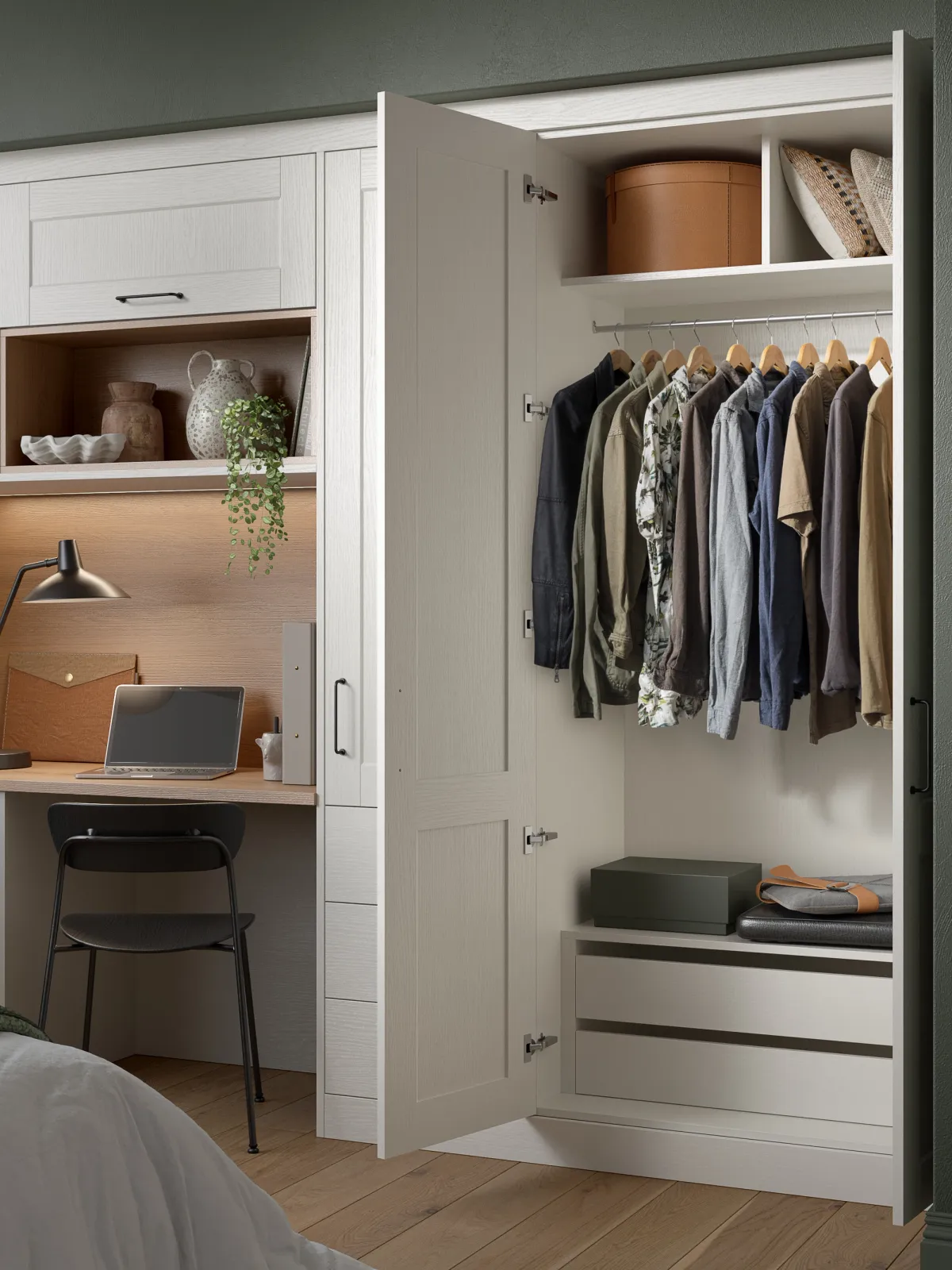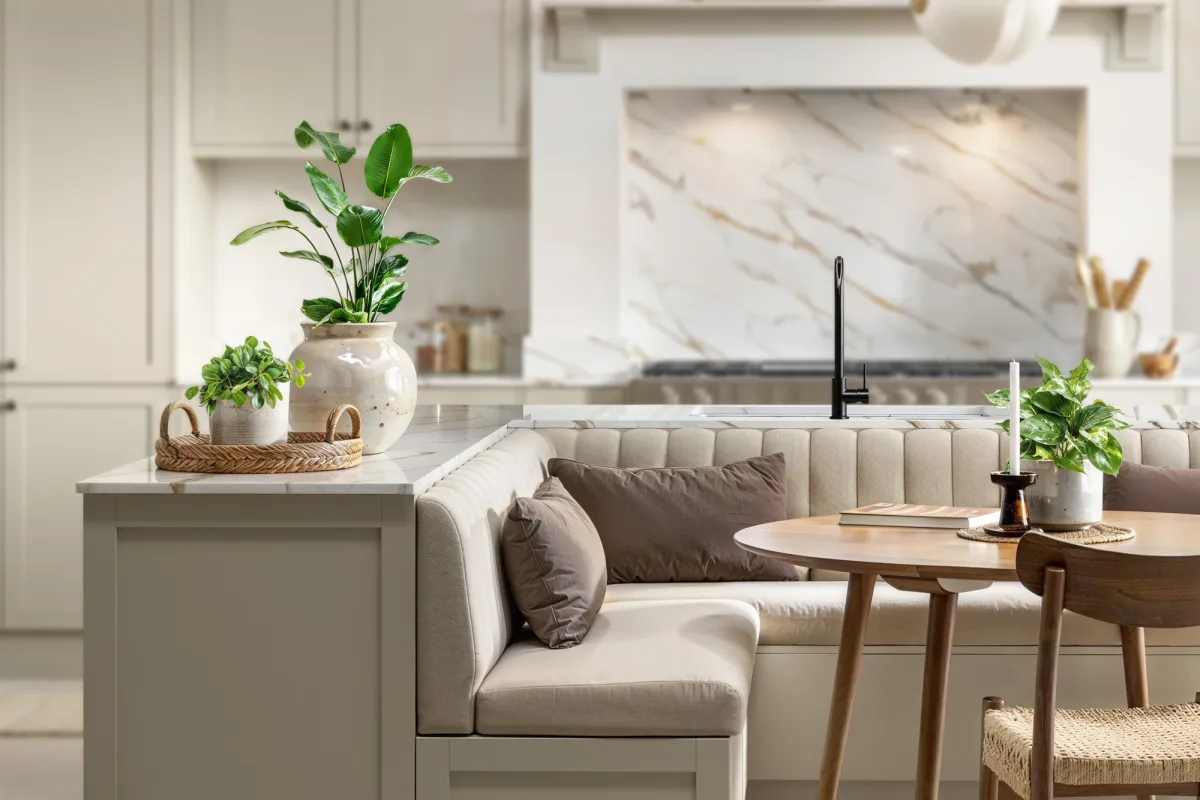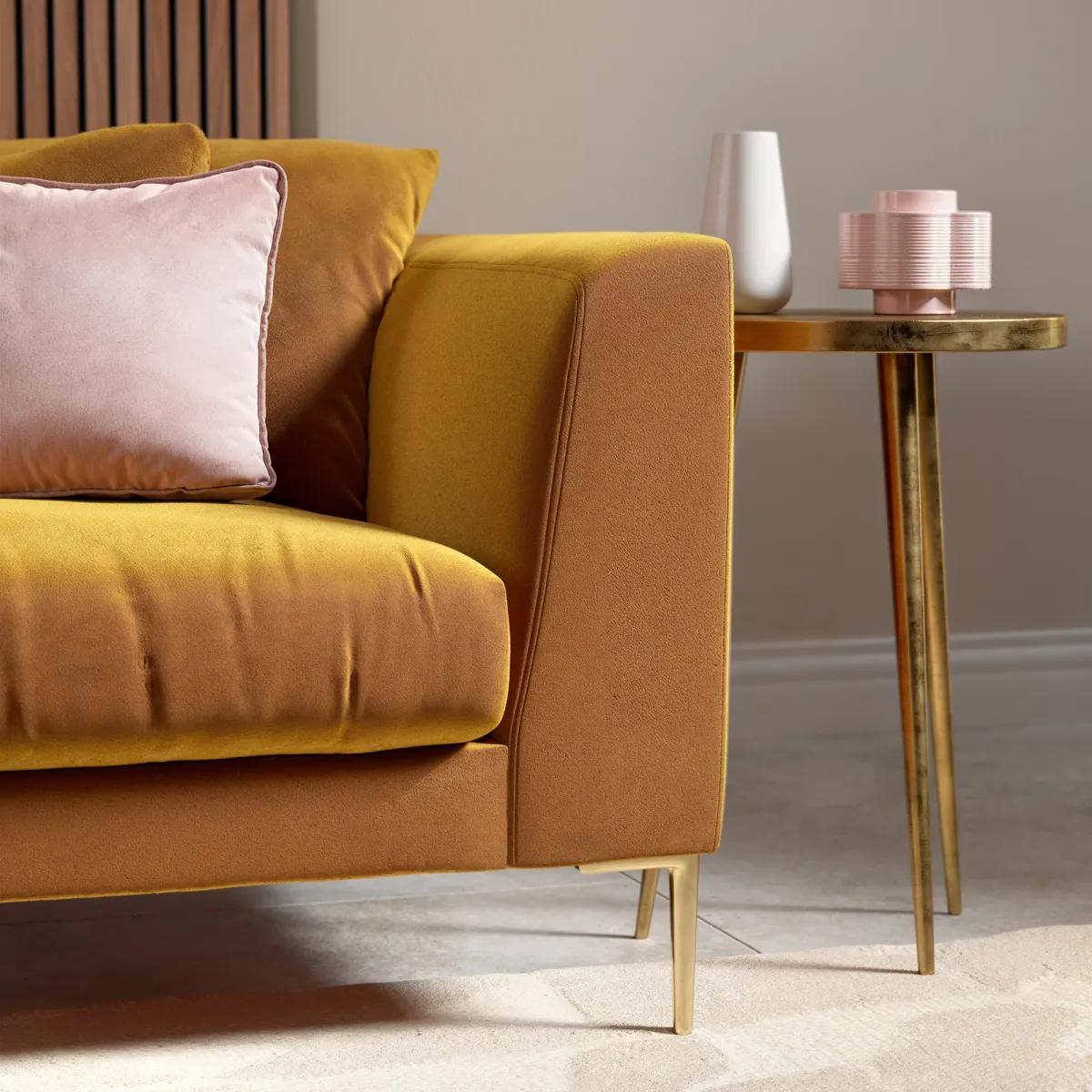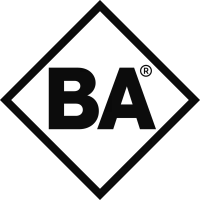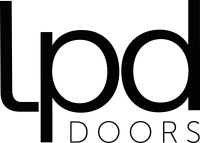Billions and billions.
The clothing configurator needed to accommodate over a billion combinations. By collaborating closely with Threadmark from the start we developed a dynamic 3D WebGL shirt configurator, enabling users to view shirts from any angle throughout the customisation process. This helped eliminate uncertainty and enhance their online purchasing experience.
A dedicated web page was created containing the WebGL clothing visualiser with an intuitive graphic menu system designed by our pals at Onstate and plugged into an e-commerce platform by the chaps at Westum. The result is a fully interactive tool that works seamlessly across multiple browsers on mobile, desktop, and tablet devices.


Keeping it real.
Most consumers are more likely to buy products online if they appear highly realistic and of high quality. For Threadmark, it was crucial that the final visuals reflected the quality and craftsmanship of their tailored shirts.
We decided early on that the best way to do this was to recreate how the garments were constructed in real life.


The first step was to observe and photograph how a sample garment followed the contours on a mannequin. This was followed by a 3D scan of the mannequin and 2D creation of the fabric components of the shirt, mimicking the approach of a tailor during garment assembly.
Using Marvelous Designer, we produced a highly realistic simulation of the shirt, applying it to the 3D mannequin scan to create a truly lifelike and detailed shirt visualiser that captured the nuances of fabric and fit.





